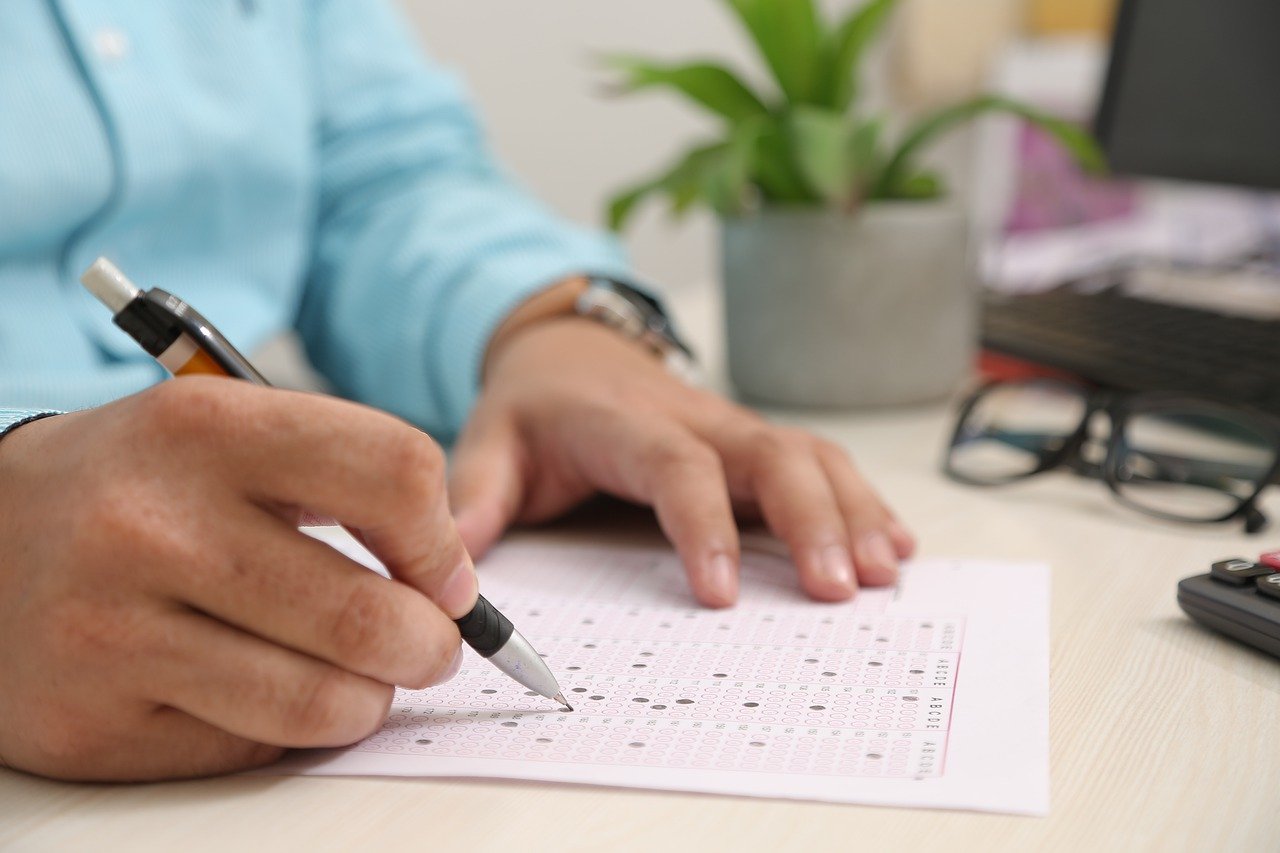Standardized testing has long been a pillar of educational assessment, claiming to provide an objective measure of student achievement and school performance. However, in recent years, many educators, students, and parents have raised concerns about the impact of standardized testing on education quality, student well-being, and equity. As we delve into the topic, it becomes increasingly clear that standardized testing may do more harm than good, setting students up for failure in significant ways.
The Pressure to Perform
One of the most noticeable effects of standardized testing is its intense pressure on students. From a young age, children are conditioned to view tests as the ultimate measure of their intelligence and potential. As a result, anxiety and stress levels among students have skyrocketed. According to the American Psychological Association, standardized testing is one of the most significant sources of stress for students in the U.S. The high-stakes nature of these exams can lead to test anxiety, which not only impacts students’ mental health but can also impair their ability to perform well on the tests themselves, thus creating a vicious cycle where students are essentially set up to fail.
Narrowing the Curriculum
Standardized tests often emphasize math, reading, and science, leading schools to focus disproportionately on these subjects. This narrow focus has led to a phenomenon known as “teaching to the test,” where teachers feel compelled to devote their time and resources to only the material that will appear on the exam. As a result, subjects like art, music, history, and physical education are often pushed to the periphery. This narrowing of the curriculum limits students’ exposure to a well-rounded education. It can stifle creativity, critical thinking, and the development of diverse skills, potentially setting students up to struggle in areas outside the standardized testing framework.
Socioeconomic Disparities
Standardized testing also amplifies socioeconomic disparities. Affluent students often have access to test prep courses, tutoring, and resources that help them perform better, while students from low-income families may not have these advantages. Additionally, schools in wealthier areas typically have better funding, allowing them to provide students with resources that can boost test scores. As a result, standardized tests may not measure a student’s ability but rather reflect the socioeconomic status of their community. Consequently, students from marginalized backgrounds are at a disadvantage and may feel they are set up to fail from the start.
Limited Measure of Intelligence
While standardized tests claim to measure a student’s abilities objectively, they provide only a limited view of what a student can achieve. These tests often assess rote memorization and the ability to perform under timed conditions rather than critical thinking, creativity, or problem-solving—skills that are essential for real-world success. Howard Gardner’s theory of multiple intelligences suggests that people have varied forms of intelligence, including musical, interpersonal, and bodily-kinesthetic intelligence, which are not evaluated by standardized tests. Therefore, students who excel in non-traditional ways are left out of the equation, making them feel like failures simply because their strengths lie outside the tested subjects.
Alternatives to Standardized Testing
Given these issues, there is a growing call to rethink how we assess students’ knowledge and potential. Alternatives like project-based assessments, portfolios, and teacher assessments offer more holistic evaluations. These methods can reduce the pressure on students, acknowledge diverse learning styles, and provide a more equitable playing field.
Conclusion
While standardized testing was initially designed to create fairness in education, it has become a tool that often hinders students more than it helps. By focusing on test scores, we risk ignoring each student’s unique talents, skills, and potential. To create a truly equitable education system, we must acknowledge the limitations of standardized testing and explore more inclusive, balanced evaluation methods. Only then can we move towards an educational environment that nurtures, rather than limits, every student’s potential.




